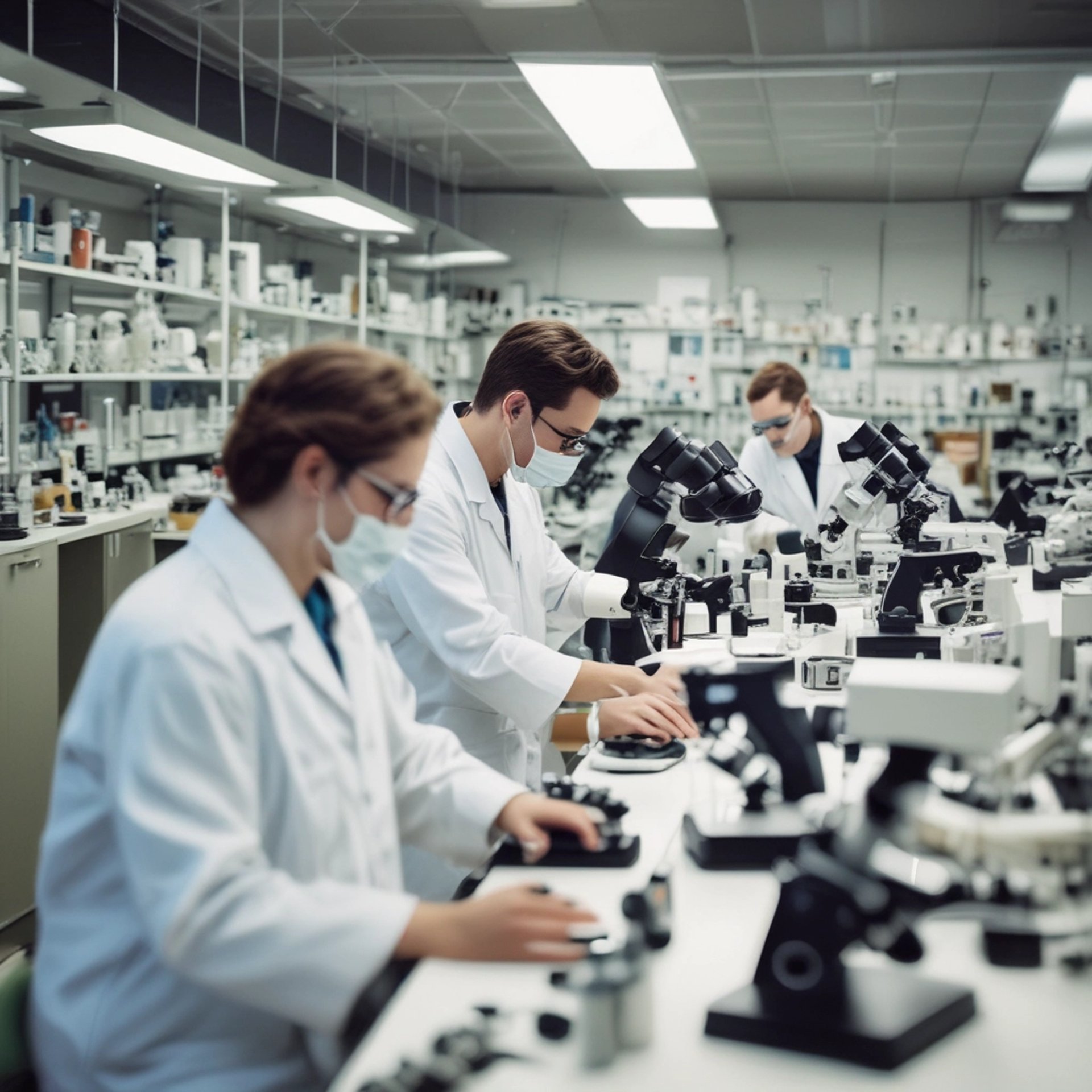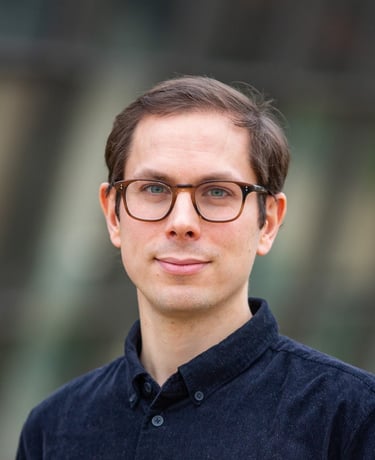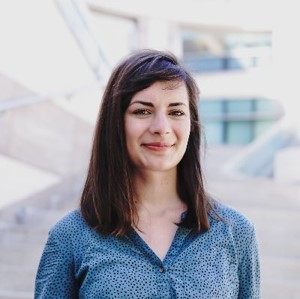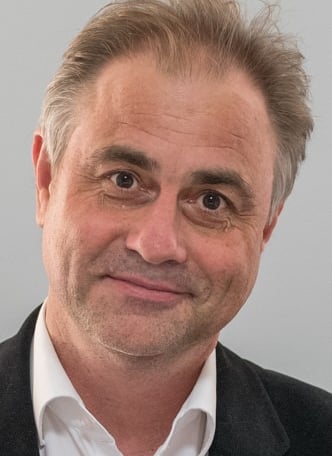
PANORAMA
spatial deconvolution of response associated immunological niches in astrocytoma


Prof. Dr. M. Platten


Prof. Dr. M. Gerstung
German Cancer Research Center, Heidelberg
University Hospital Heidelberg
Technische Hochschule Mannheim
Project Summary:
Astrocytomas often carry a specific genetic change in the gene encoding isocitrate dehydrogenase (IDH). The mutated version of IDH helps tumors grow by weakening the body’s immune response, but it can also be used as a target for new treatments.
In a clinical study called AMPLIFY-NEOVAC, led by the German Cancer Research Center in Heidelberg, 46 patients with recurrent astrocytoma were treated with either a vaccine targeting the IDH mutation, the same vaccine combined with the immune-activating antibody Avelumab, or Avelumab alone.
We extensively studied how these treatments affected the immune system — both in the blood and within tumors — by looking for immune cells and antibodies that specifically react to the IDH mutation.
In PANORAMA, we are adding a spatial dimension to this analysis: using advanced methods like spatial sequencing, high-resolution imaging, and mass spectrometry, we aim to understand how immune and tumor cells are organized within the tumor. We will further develop methods to locate tumor-reactive T cells within tissue. The data will be combined to map out cellular neighborhoods and investigate how these are arranged in different patient groups — for example, those who respond to treatment versus those who don’t.
Our goal is to understand why some patients benefit more from IDH-targeting vaccines or antibody therapies than others. This could help us design better treatments in the future, and find new ways to help immune cells reach and attack brain tumors more effectively.
Expected Project Timeframe: September 2025 to September 2027
Dr. A Suwala
Prof. Dr. C. Hopf




